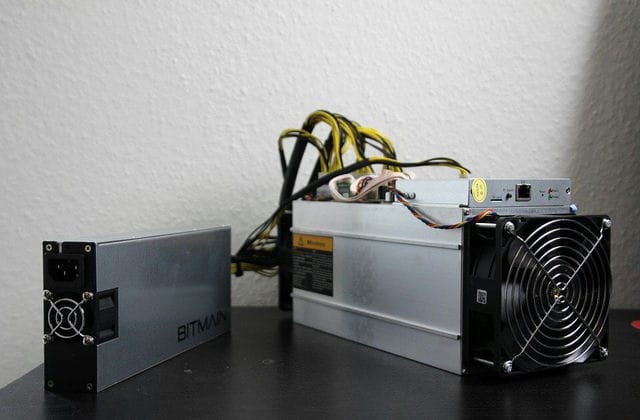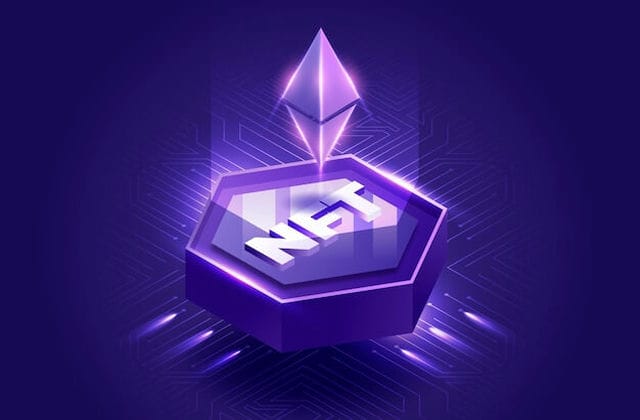Who created Bitcoin?
On November 1, 2008, a mysterious cryptography geek named Satoshi Nakamoto released a Bitcoin white paper on the Internet.
He said in the white paper that this is a peer-to-peer electronic cash system, so what is the difference between Bitcoin and traditional currency? Nakamoto Cong said: "The most fundamental problem of traditional money is trust. The central bank must make people believe that it will not devalue the currency, but this credibility has never existed in history. The bank must make people believe that it can manage money well, and let these wealth flow in the form of electronic money. But the bank uses money to create a credit foam, which is the shrinkage of private wealth."
Bitcoin, a new currency model, is different from the traditional model in several aspects. First, it is not issued by a central institution. Second, its total number is constant, 21 million, and it will never be over issued. Moreover, all transactions of Bitcoin are recorded in a public ledger, so that everyone can view and participate in bookkeeping. This not only ensures the openness and transparency of the entire system, It also ensures that the currency will not depreciate due to excessive issuance.

On January 3, 2009, Nakamoto recorded a historic moment on the first page of the Bitcoin account book, that is, the Times 03/Jan/2009 Chancellor on bring of second bailout for banks
In the blockchain world, Nakamoto Cong is famous: he is the inventor of Bitcoin, the pioneer of blockchain, the pioneer of decentralized concept, and a liberalist. He is also a cryptologist, economist, sociologist, the world's top developer, a candidate for the Nobel Prize in Economics, and a legendary figure like Jesus... He has too many titles and halos.
At the end of 2010, Nakamoto Cong left the project without disclosing much about his identity. Since then, many developers have devoted themselves to Bitcoin projects, and the Bitcoin community has grown rapidly.
Bitcoin protocols and software are publicly released, and any developer around the world can view their code or develop their own modified version of Bitcoin software. Like current developers, Nakamoto's influence is limited to the changes he makes that are adopted by others. Therefore, Nakamoto does not control Bitcoin. So, today, the identity of the inventor of Bitcoin may be the same as that of the inventor of paper.
Up to now, Bitcoin has been born for more than ten years. No one knows who Nakamoto Cong is, who he is, whether he is a person or a group of people. So far, no one knows who he is. He may be the most mysterious person on the planet.

How Bitcoin Works
From the user's perspective, Bitcoin is a mobile application or computer program, and a Bitcoin wallet. Users can use it to pay and receive Bitcoin. This is how Bitcoin works for most users.
Behind the scenes, the whole Bitcoin network shares a public ledger called "blockchain".
If we compare the Bitcoin blockchain to a physical ledger, then each block is equivalent to a page of the ledger, generating a new ledger every ten minutes, and each page of the ledger records the ten minute transaction information of the Bitcoin network. Each block is connected in chronological order according to the principle of cryptography to form a chain structure.
So this account book contains every transaction processed, so that users' computers can verify the validity of each transaction. The authenticity of each transaction is protected by the electronic signature corresponding to the sending address.
In addition, anyone can use special computing equipment to process, record transactions and obtain Bitcoin rewards. This service is often referred to as "mining". Through mining, the enthusiasm of miners (miners) is mobilized, and the confirmation speed of transactions, the correctness of transaction records and the security of Bitcoin network are also guaranteed.
No one owns the Bitcoin network, just as no one owns the technology behind email. Bitcoin is controlled by all Bitcoin users around the world. Developers can improve the Bitcoin wallet software, but they cannot forcibly change the rules of the Bitcoin protocol, because all users can freely choose the wallet software they want to use.
In order to maintain compatibility with each other, all users also need to choose wallet software that follows the same rules. Bitcoin can work normally only when all users reach a completely consistent consensus. Therefore, all users and developers are very motivated to accept and protect this common understanding.





























